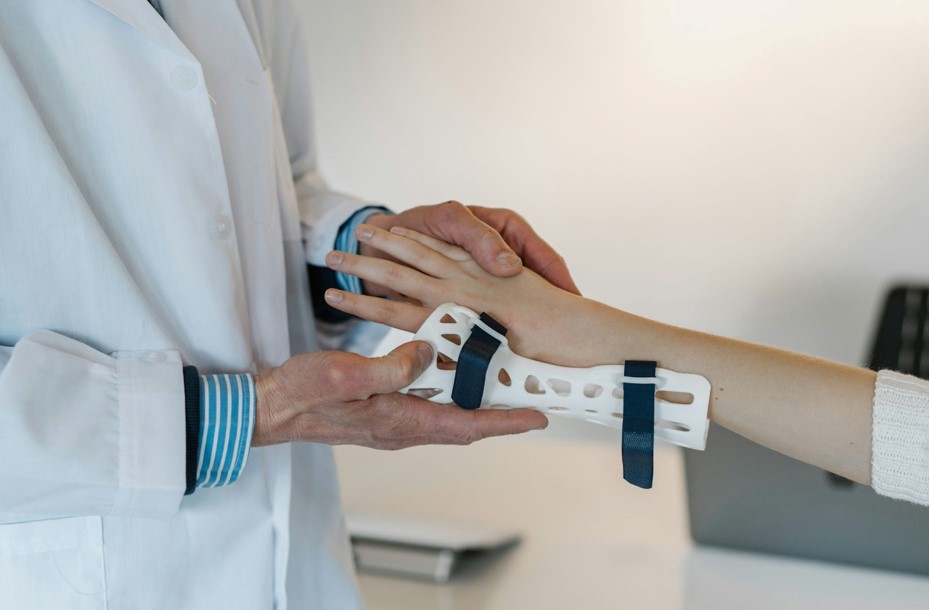Patient-centric care has become the cornerstone of medical best practices in this era of increasing personalization in healthcare, and becoming a patient-centric practice can improve not only patient satisfaction but also loyalty and outcomes. Transforming your practice to focus on meeting patients needs may seem like an challenge, but it can be achieved in several key steps:

Photo by Tom Claes on Unsplash
Patient Communication Is Important
Proper patient communication cannot be overstated. Effective communication means not only clear verbal interaction but also attentive listening. Patients tend to return more frequently to practices where they feel understood. Consider employing a patient portal where individuals can easily access their records, request prescriptions or make appointments. Furthermore, regular feedback from patients provides vital insights into what’s working or not. The goal being an open and transparent dialogue so patients are never left in the dark about their health care options.
Personalized Care Plans
Healthcare should never be one-size-fits-all, and your approach to patient care must reflect this fact. By tailoring personalized plans specifically to each of your patients’ individual needs, lifestyle choices and preferences into creating their care blueprint, personalized plans demonstrate your commitment to their journey toward better health. Making patients more likely to abide with medical advice and treatment plans from healthcare providers.
Streamline Administrative Processes
Administrative tasks often consume precious time that could otherwise be spent providing patient care. Utilizing technology can free your staff to focus on engaging more meaningfully with patients. Consider an electronic health record (EHR) system as one way of streamlining processes while making patient data easily accessible. Scheduling online appointments and setting automatic reminders further enhance the patient experience while decreasing stress levels and the likelihood of missed appointments.
Foster an Empathetic Practice Culture
Cultivating a culture that prioritizes empathy and compassion is integral to patient satisfaction. Encouraging your team members to adopt a patient-centric mindset from reception desk to examination room can create a welcoming and supportive atmosphere. Empathy extends beyond understanding medical care aspects to include emotional aspects like how a patient feels when entering your clinic or anxiety they might feel when waiting for test results. Small gestures like follow up phone calls or comfortable waiting areas go a long way towards making patients feel cared for beyond medical needs.
Provision of Standard Medical Supply
Accessing essential medical supplies can greatly enhance patients’ experience with care. Offering standard medical supplies like bandages, syringes, OTC medications, and diagnostic tools in your clinic ensures patients have immediate and easy access to what they require for treatment and recovery. By providing essentials directly, you reduce the need for patients to make additional trips to pharmacies, which is particularly advantageous for those who may have mobility or time restrictions. Additionally, having these supplies readily available strengthens your role as a healthcare provider by creating greater trust with patients and continuity in patient care. Partner with a medical supply store near me for a reliable supply.
Conclusion
Being patient-centric goes beyond being just a strategy, it is an approach to healthcare that places the patient as the focus. By emphasizing communication, personalized care, efficient administrative processes, and empathy, your practice can elevate patient experience to new heights. Creating an excellent experience that not only keeps current customers coming back but will bring in new ones through positive word of mouth advertising.



Facebook Comments